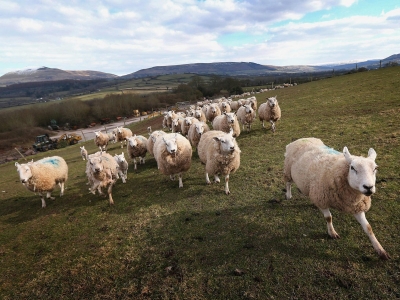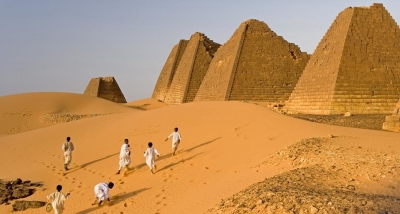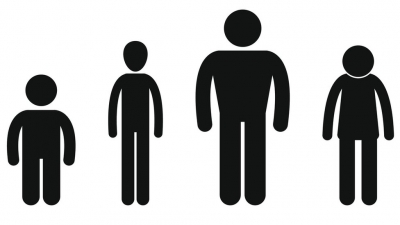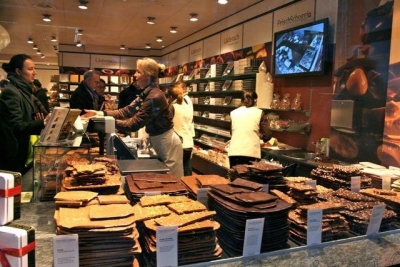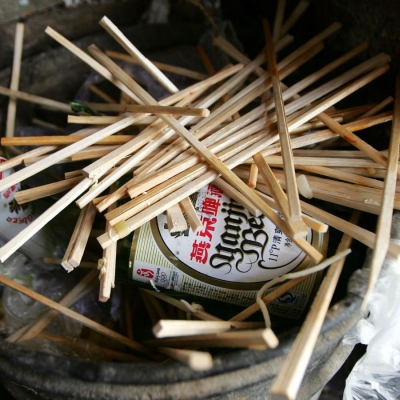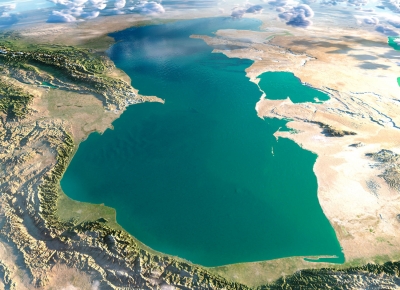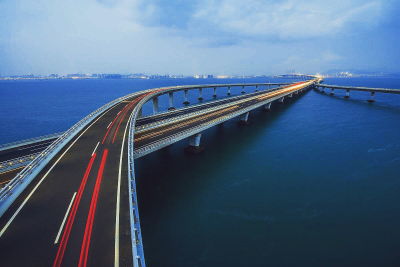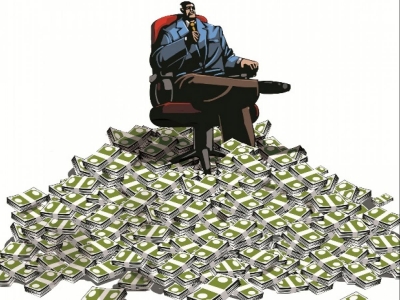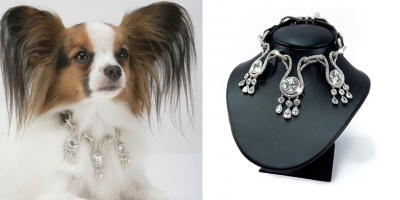How many peanuts does it take to make a 12-ounce jar of peanut butter?
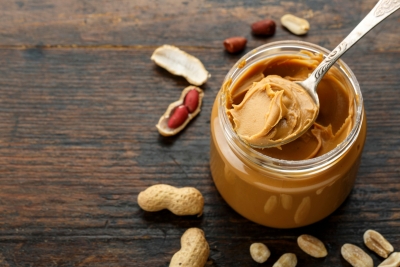
It takes about 540 peanuts to make a 12-ounce jar of peanut butter. Peanuts are native to the tropics of the Americas and probably originated in Brazil or Peru. By the time the Spanish began their exploration of the New World in the 15th century, peanuts were grown as far north as Mexico. Spanish explorers brought peanuts to Europe upon their return, and other traders eventually brought them to Asia and Africa.
But who first thought of mashing them up into a pasty, tasty treat? Researchers believe the ancient Aztecs mashed peanuts into a paste hundreds of years ago. Modern peanut butter didn't come about until the 1890s, though.
In 1890, Dr. Ambrose Straub, a St. Louis doctor, asked George A. Bayle Jr., the owner of a food products company, to process ground peanut paste as a protein substitute for toothless people who couldn't chew meat.
In 1897, J.H. Kellogg, who later became famous for his breakfast cereals, obtained U.S. Patent 580,787 for a "Process of Preparing Nutmeal," which produced a "pasty adhesive substance" that he called "nut-butter."
A few years later, peanut butter was first sold as a snack food in 1904 at the Universal Exposition in St. Louis by C.H. Sumner. It is a common misconception that George Washington Carver, a prominent African-American inventor and botanist who focused on the uses of peanuts, invented peanut butter. Although he did not, he did add sugar and molasses to peanut butter formulas, giving it a sweeter taste and better consistency we enjoy today!
Credit : Wonderopolis
Picture Credit : Google
